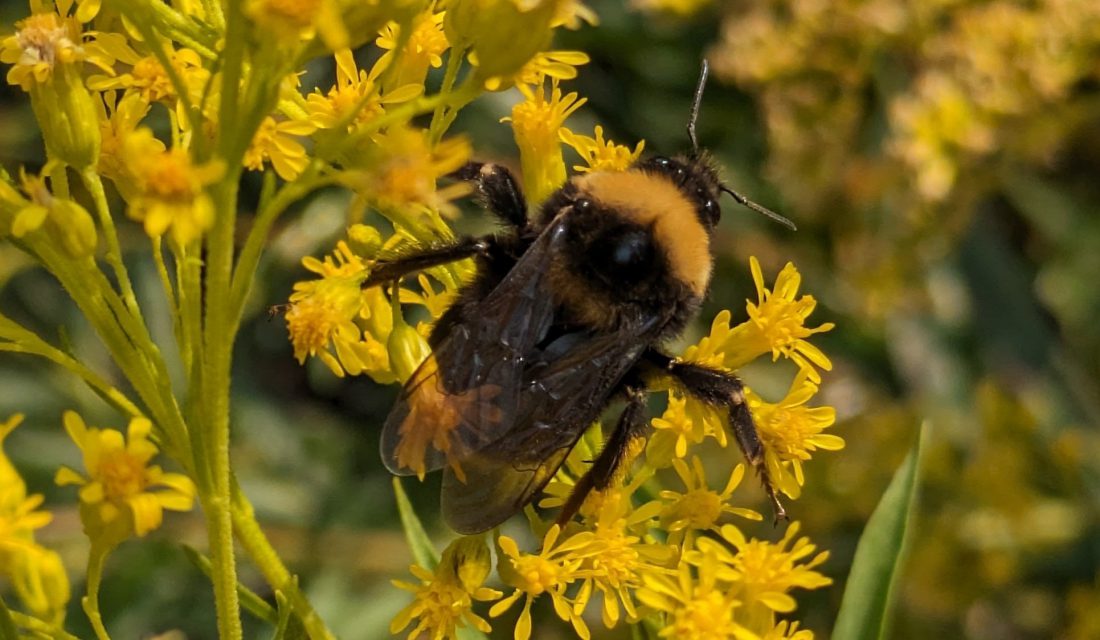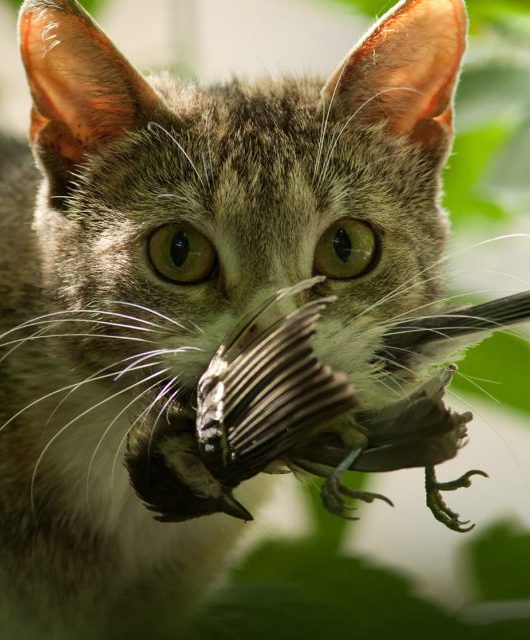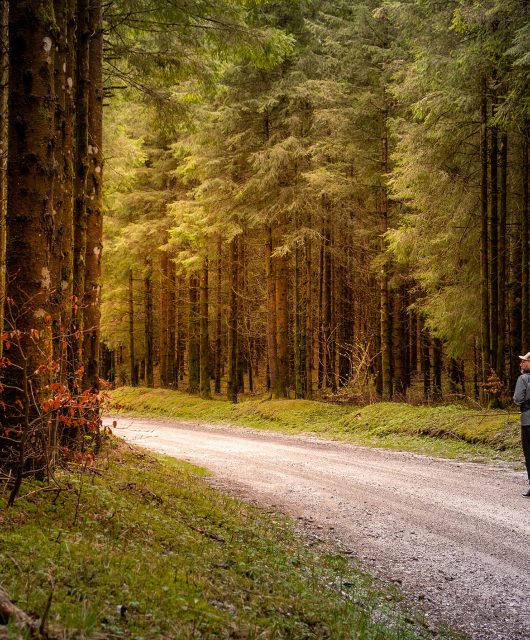As of December 8, 2023, the Monarch Butterfly has a new status in Canada: Endangered.
The previous listing by the federal government was Special Concern (the lowest ranking of concern) and the government has been reviewing the status for a while. They have made this uplisting as an order amending Schedule 1 of the Species at Risk Act (SARA). This provides legal protection for the butterfly on federal lands. This order also lists the Western Bumblebee occidentalis as threatened and the Western Bumblebee mckayi as Special Concern.
What Does This Mean for These Species?
For the Monarch Butterfly and the Western Bumblebee occidentalis, legal restrictions come into play such as:
- It is prohibited to kill, harm, harass, capture or take an individual.
- It is prohibited to be involved in possessing, collecting, buying, selling or trading individuals or any part or derivative of such.
- It is unlawful to damage or destroy the species’ residences
What is the Government’s Responsibility?
For the Monarch Butterfly and the Western Bumblebee occidentalis, the Government of Canada must prepare a recovery strategy and action plan. These documents will describe conservation, recovery actions and may define their critical habitat. They will also document what can be done to conserve the species. This must be published within one year.
For the Western Bumblebee mckayi subspecies, a management plan is required to be developed and published within three years.
The decision to uplist the Monarch Butterfly was made after winter counts in Mexico showed a decline of 50 per cent from 2006 to 2016. Causes for the declines within Canada are assumed to be a decline of its host plant milkweed and nectar supplies within the breeding range. Their host plant, milkweed, is also greatly affected by some types of herbicides, and pesticide use is listed as a threat to the species.
The cause of decline of the two bumble bee species are considered to be pesticide use, habitat change and loss, and disease.
So, in the meantime, while the government prepares its recovery strategies, action plans and management plan, what can you do to help the Monarch Butterfly and Western Bumblebee? Here is a list of actions for you to consider:
- Avoid using herbicide in your yards.
- Plant native flowers rich in pollen and nectar, especially milkweed. Find out more by reading Perfect Plants for Pollinators and Using Neonic-free Plants in Your Garden This Year.
- Resist the temptation to captive rear Monarch Butterfly caterpillars. Find out why >
- Support community pollinator habitat projects in your neighbourhood.
- Ask your Municipal or regional councilors how they are supporting pollinators. Find out more about our ROW project for managers.
- Download the iNaturalist app and become one of the many citizen scientists in Canada to submit photos of Monarch Butterflies and bReumblebees.
Find out more about wildlife-friendly gardening and how you can join thousands of other Canadians and get official Wildlife-friendly Habitat status.
What is the Canadian Wildlife Federation doing to support the recovery of Monarch Butterfly and Western Bumblebee?

We have been working on several programs and partnerships such as:
- Developing a Rights of Ways network, to encourage, train and share resources on restoring meadow habitat along roadsides, transmission lines, and solar facilities.
- Restoring meadows with partners in Ontario (1,760 hectares over the last four years)
- Conducting science on Monarch Butterfly habitat suitability
- Monitoring migrating Monarch Butterflies to better understand their migratory pathways
- Monitoring bumblebees in southern Saskatchewan
- Communicating the importance of conserving pollinators to the public, energy transmission companies, and municipalities,
- Building a strategy for native seeds in Canada to benefit habitat restoration.
We will be ramping up our actions for Monarch conservation over the next year. Learn more about our work with Monarch Butterflies and other Pollinators in Canada.
We appreciate the financial support from CWF donors, Environment and Climate Change Canada, the Ontario trillium Foundation, 407 ETR, Evolugen, and the collaboration of all our ROW partners.








5 comments
This is always so full of needed information. I walk on a friends farm that has areas he has left not worked full of milkweed where I have seen monarch butterflies here in southwest ontario. I’m so grateful I have such a first eye view of them. I did not know they were indangered.
Where do I find milkweed seeds or plants to start encouraging Monarch butterflies to come to Alberta? Is it possible to introduce Monarchs into Alberta?
There are Monarch butterflies in Alberta, though probably only in the southern part of the province, as Alberta is the end of the range for the Eastern Monarch butterflies. If Donald lives in southern Alberta, he could plant Showy milkweed (Asclepias speciosa) or Oval-leaved milkweed (Asclepias ovalifolia) – those are the species native to Alberta.
Hello Donald, another of our scientists chimed in:
Actually there are monarchs up into Edmonton. Some of the western monarch butterfly might range into southern BC from time to time.
I would suggest contacting wildaboutflowers.ca, and they offer both asclepias ovalifolia and asclepias specious
As for introducing monarchs, since these butterflies are long distance migrants, and it is not well understood how they learn and revisit their migration routes, it would not be advised to release monarchs here.
By planting milkweeds and other wildflowers you are doing a lot to support all the pollinators
Last year 2023 we had a fair bit of milkweed bordering our property adjacent a farmer’s field who is organic farming we had some Monarchs visit the clusters of milkweed. We let the seed cluster spread and this year the milkweed patches have flourished as well as the Monarchs, I have researched info but cannot find if this species come back to the same space as they were born. I was born in 1952 and these Monarchs were in abundance but now it is a rarity is your see two in a season. My grandchildren from Kitchener are with us for the summer and are quite intrigued with the Monarchs. We live in Zurich, Ont. Southern Ontario.